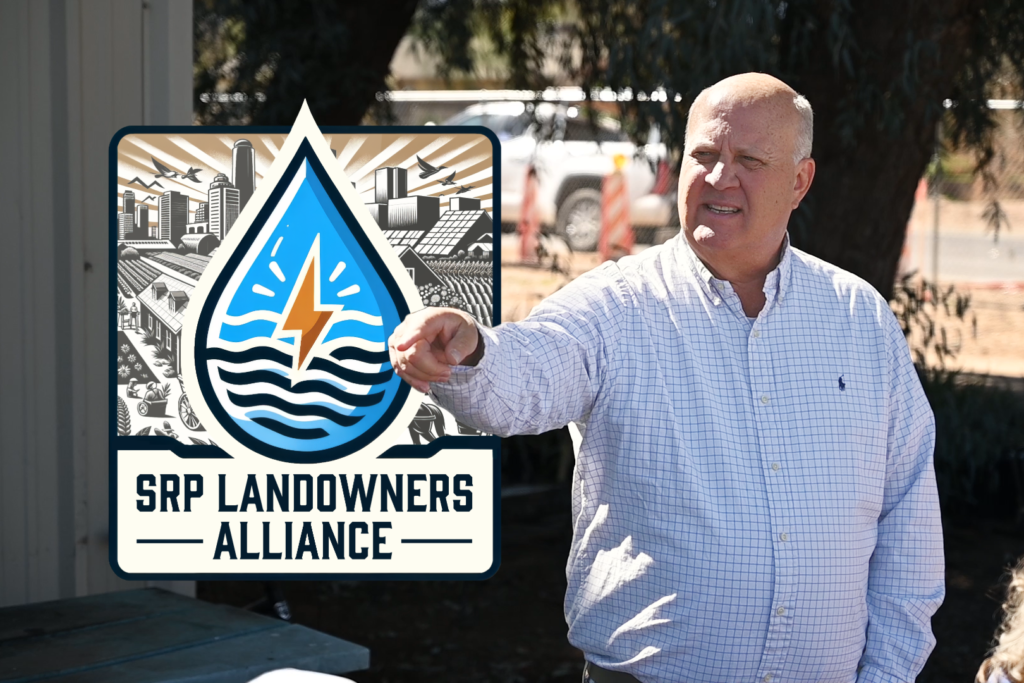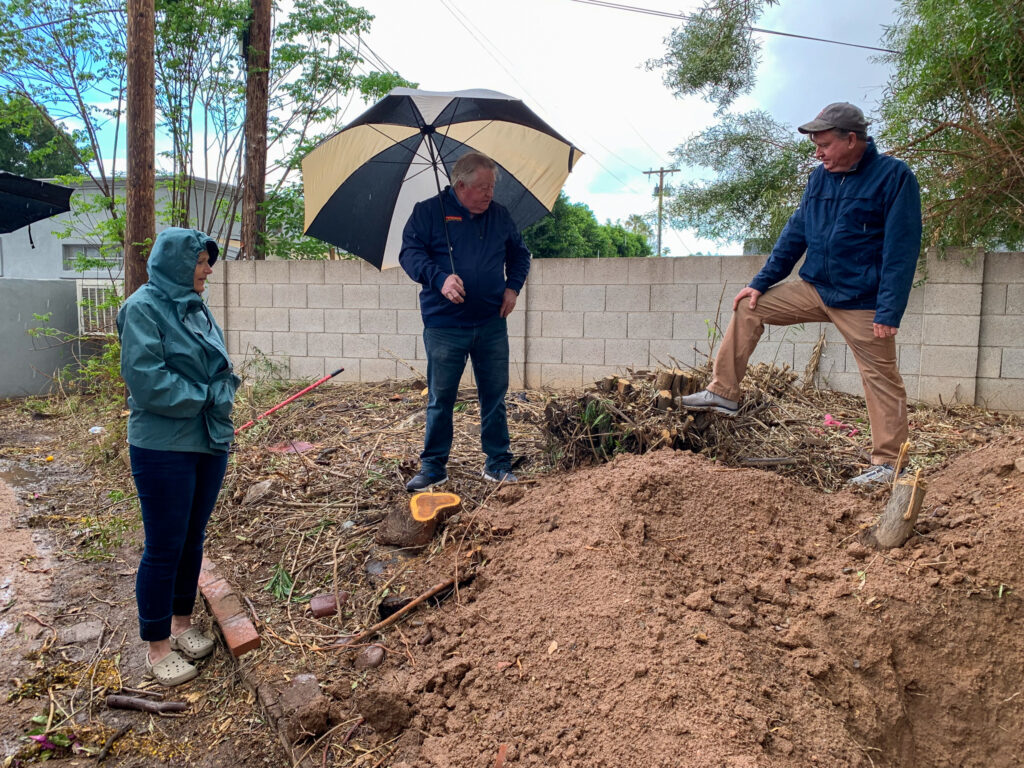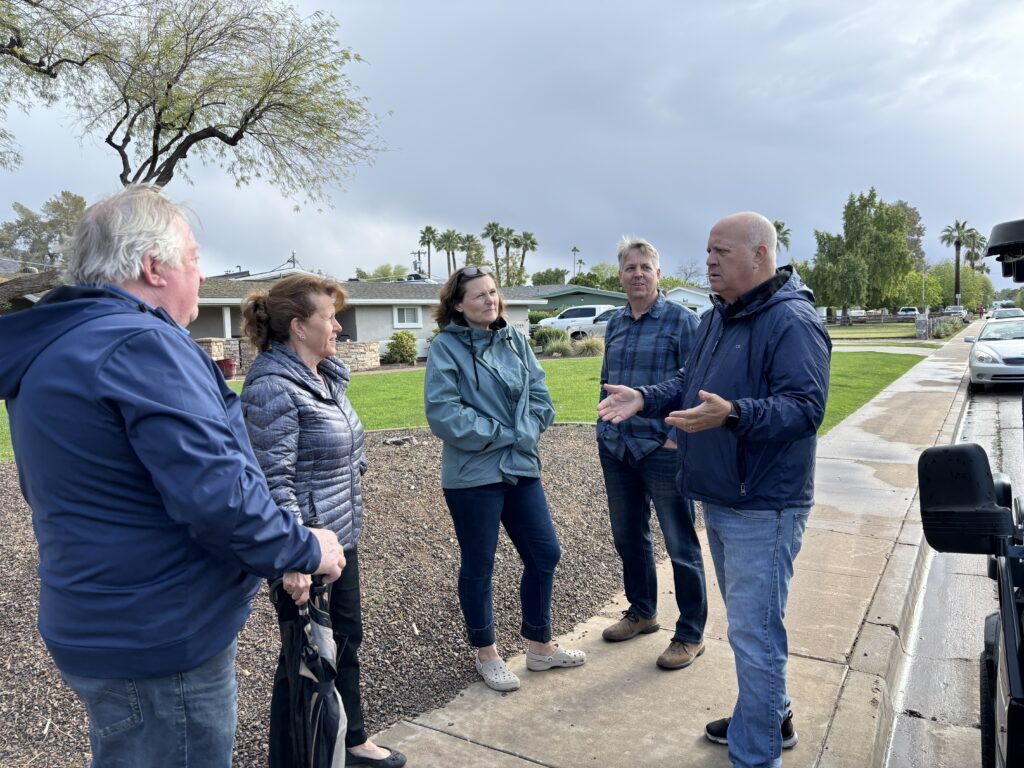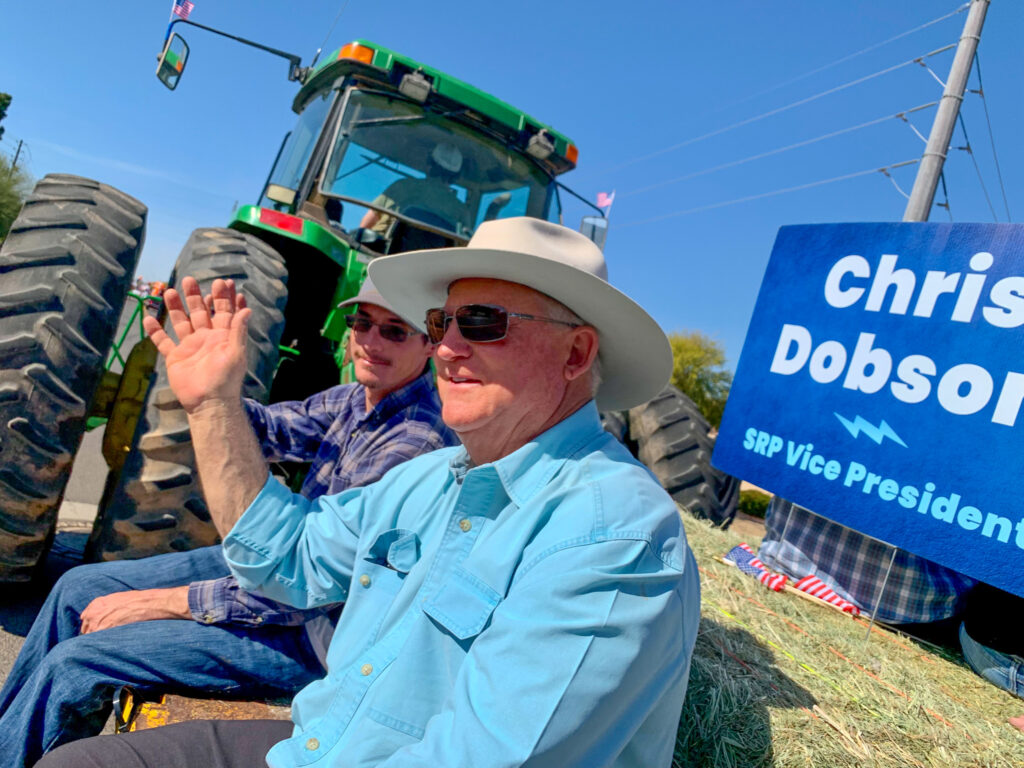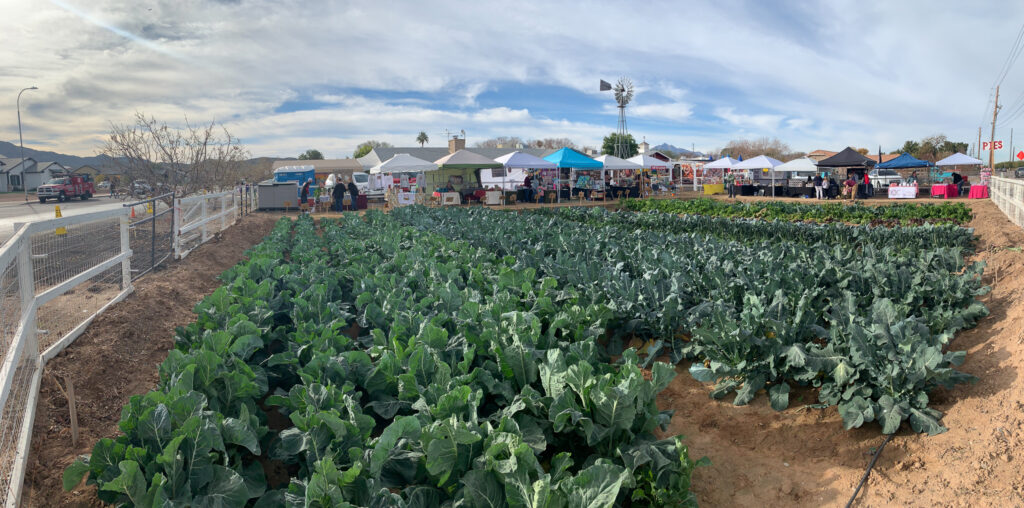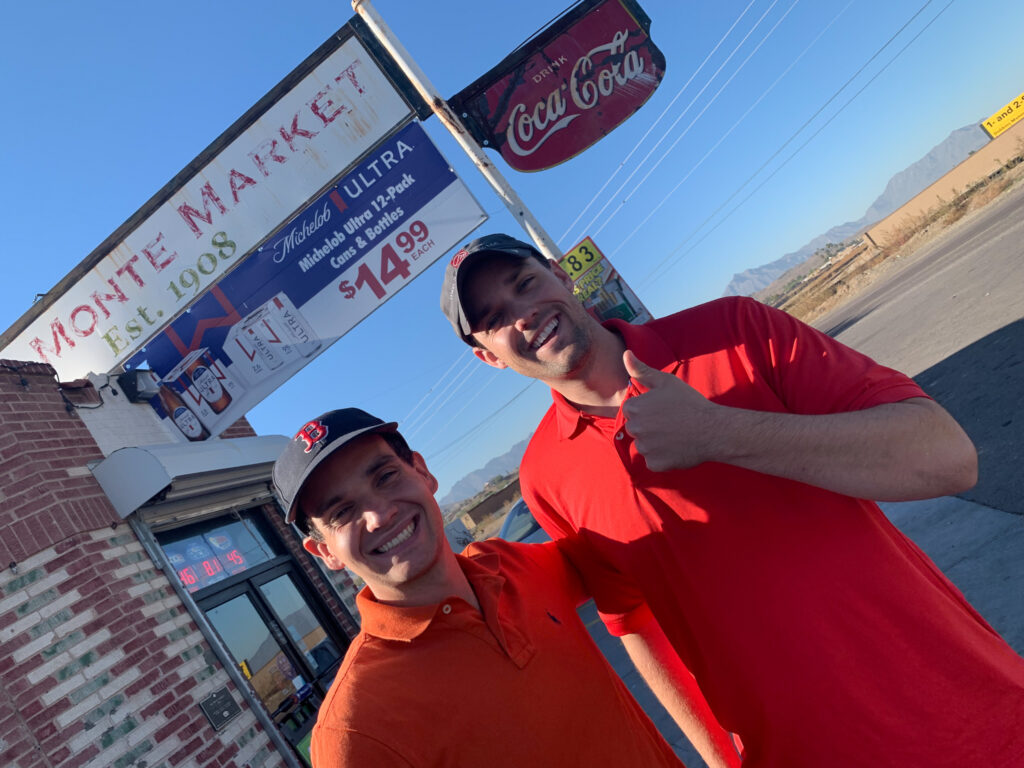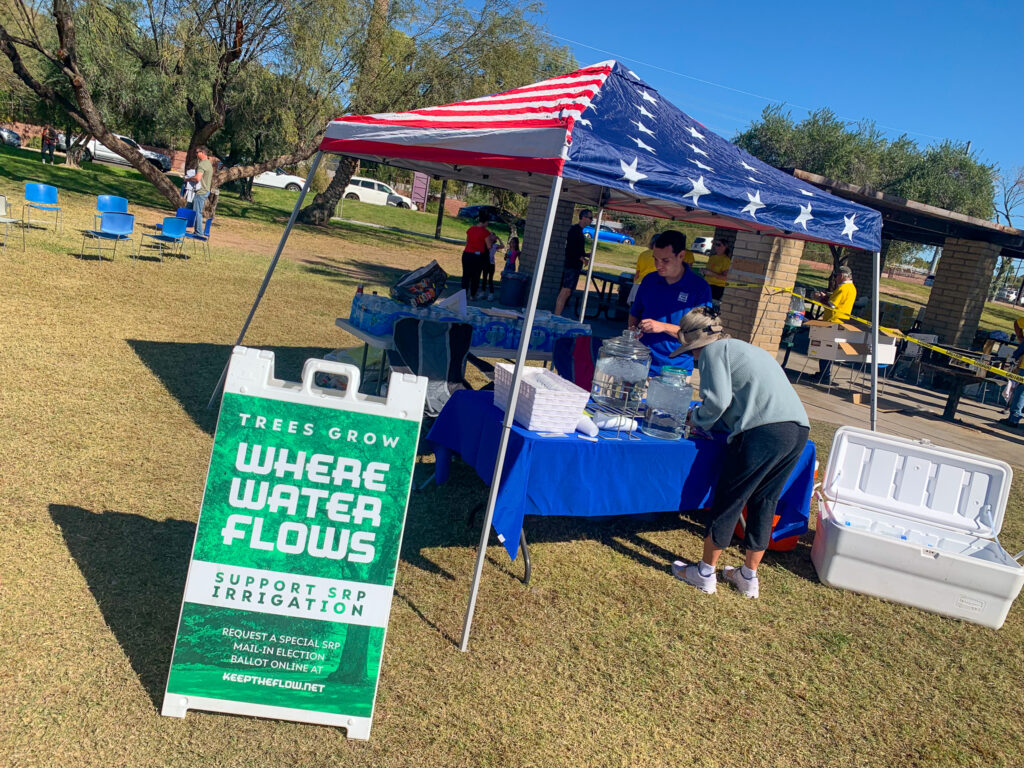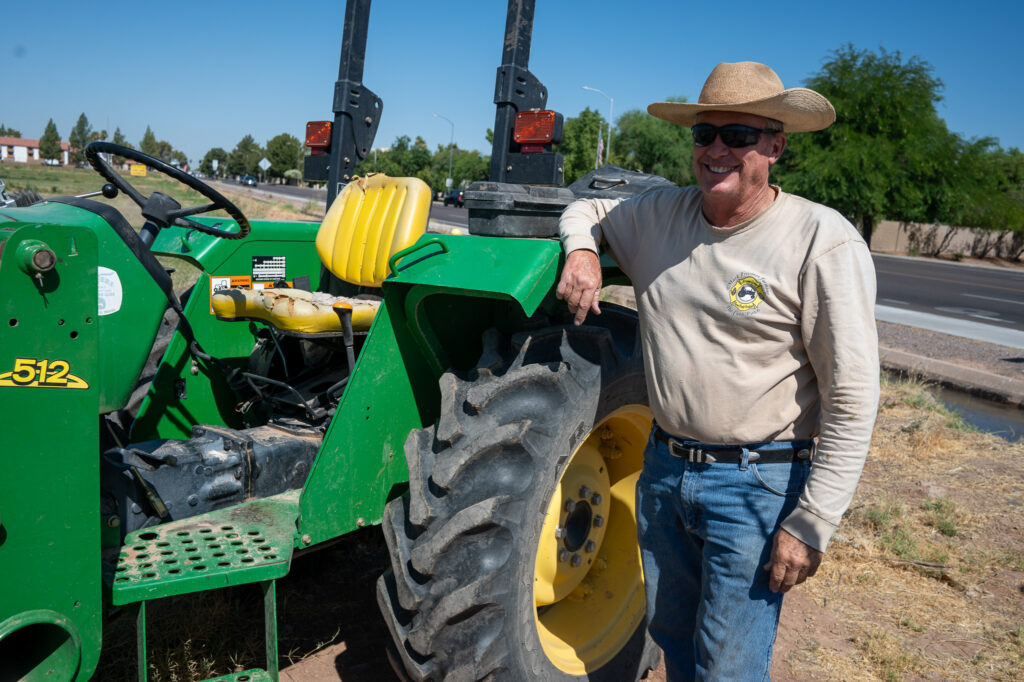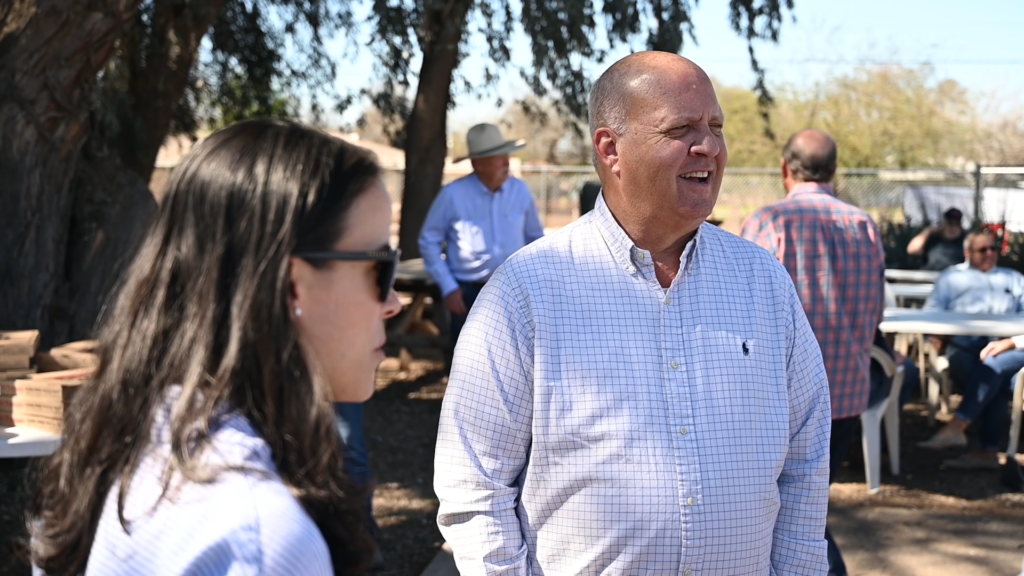Why SRP Ratepayers and Irrigation Users Need SRP Landowners Alliance
Salt River Project (SRP) is an integral part of Arizona’s landscape, providing both electric power and water services to millions of residents. However, as the demands on SRP’s infrastructure grow, so do the challenges faced by its ratepayers and irrigation users. This is where the SRP Landowners Alliance comes into play—a newly established 501(c)(4) nonprofit organization dedicated to advocating for the rights and interests of SRP’s customers, particularly the landowners within SRP’s voting territory.
The SRP Landowners Alliance is led by Keith Woods, a seasoned expert in the utility industry with a distinguished career spanning decades. Keith served on SRP’s Council from 1996 to 2004 and on the SRP Board from 2000 to 2024. During his tenure, he held several key leadership positions, including chairman of the Power, Finance and Budget, Compensation, Governance, and Community Relations Committees. Additionally, he served on the boards of SRP’s third-party energy marketing company, New West Energy, and its land company, Papago Park Center. Keith’s extensive experience and deep understanding of governance and community relations make him the ideal leader for this crucial initiative.
As Keith Woods often says, “Our mission is clear—SRP Landowners Alliance exists to protect the interests of those who depend on SRP for affordable, reliable power and water. We’ve seen what can happen when transitions in energy policy are rushed, and we’re here to ensure that doesn’t happen in Arizona.”
One of the most pressing concerns is SRP’s plan to spend $12 billion between now and 2035 on projects including the removal of coal-fired power plants, expansion of the electric grid, addition of solar and battery storage, development of water-pumped storage facilities, and construction of new natural gas plants. These projects are necessary to meet the rapidly expanding demand for power, which is projected to double in the next 11 years. However, the cost of these developments could lead to dramatic rate increases for SRP customers.
“We can’t afford to repeat the mistakes of California. Our goal is to ensure SRP’s transition to clean energy is balanced, so we avoid the kinds of price hikes that have hit our neighbors to the west.”
A recent report from The Wall Street Journal highlighted the dangers of moving too quickly in the transition to cleaner energy. In California, power prices have doubled, largely due to the rapid removal of clean-burning natural gas and coal plants like the Navajo Generating Station (NGS). This serves as a cautionary tale for Arizona. Keith Woods emphasizes, “We can’t afford to repeat the mistakes of California. Our goal is to ensure SRP’s transition to clean energy is balanced, so we avoid the kinds of price hikes that have hit our neighbors to the west.”
The risks aren’t limited to the West Coast. In New York, aggressive policies to ramp up wind power have resulted in the state overpaying for electricity, straining the wallets of ratepayers. What initially seemed like a well-intentioned move toward renewable energy turned out to be far more expensive than planned. As The Wall Street Journal pointed out, New York’s experience is a stark reminder that good intentions must be matched with careful planning and cost management. “We must learn from these examples,” Keith Woods warns. “It’s vital that SRP takes a measured approach to its energy transition, ensuring we don’t end up overpaying for projects that, while environmentally beneficial, may lead to unsustainable costs for our community.”
In the coming months, SRP will hold a pricing process hearing to determine how to fund this massive expenditure. The SRP Landowners Alliance, under Keith Woods’ leadership, is committed to closely monitoring this process and keeping its members informed about potential rate increases. The Alliance will also mobilize landowners to respond to SRP’s board and management through petitions, letters, and a strong presence at these critical hearings. By doing so, the Alliance aims to protect ratepayers from bearing an undue financial burden.
"Flood irrigation isn’t just a way to water land; it’s a vital part of our community’s infrastructure and environment."
Another vital issue the SRP Landowners Alliance is tackling is the protection of SRP’s flood irrigation system, which serves approximately 30,000 property owners. These landowners rely on flood irrigation to water their lands, a practice that is becoming increasingly endangered. Developers and property flippers are purchasing irrigated properties and converting them into new or remodeled homes, often disconnecting these lands from SRP’s irrigation system. This not only threatens the properties currently using flood irrigation but also poses a significant risk to the community’s aquifer and exacerbates the urban heat island effect in the Valley.
New research by Ketchum, Hoylman, Huntington, and colleagues sheds light on why maintaining flood irrigation systems is more important than ever. The study reveals that flood irrigation, often seen as inefficient, can actually benefit streamflows in certain regions. The research found that flood irrigation allows more water to seep into the soil, recharging groundwater and boosting late-season streamflows, especially during dry periods. This finding challenges conventional wisdom and underscores the importance of a balanced approach to water management. “Flood irrigation isn’t just a way to water land; it’s a vital part of our community’s infrastructure and environment,” says Keith Woods. “We’re committed to protecting this resource for current and future generations.”
Many of these properties are protected by neighborhood-led special water districts known as Irrigation Water Delivery Districts (IWDDs). These districts own the pipes and hold rights to active easements on private lands, ensuring the continued flow of SRP water. IWDDs play a crucial role in protecting the rights of flood irrigation customers and maintaining the infrastructure necessary for water delivery. The SRP Landowners Alliance stands as a strong advocate for IWDD members and trustees, offering support when issues arise and helping to initiate action from SRP’s elected board and council.
In conclusion, the SRP Landowners Alliance is essential for SRP electric ratepayers and flood irrigation customers who value affordable power, reliable water delivery, and the preservation of their land rights. By joining the SRP Landowners Alliance, either as a free member or a sustaining member through donation, individuals can actively participate in safeguarding their interests. Furthermore, signing up to vote in SRP elections is crucial and can be easily done through the Alliance’s website, srplandownersalliance.com. Together, we can ensure that SRP remains accountable to its customers and continues to serve the community effectively for years to come.
Power Prices Have Doubled in California—Don’t Let This Happen at SRP!
The Wall Street Journal just reported that power prices in California have doubled. This spike is largely due to the rapid removal of clean-burning natural gas and coal plants, like the Navajo Generating Station (NGS). SRP has plans to transition to cleaner energy, but it’s crucial that this transition is managed carefully and not rushed. If SRP moves too quickly, we all risk seeing similar price hikes here in Arizona. SRP Landowners Alliance is here to ensure that the Salt River Project’s shift to clean energy is balanced, protecting customers from high rates and ensuring reliable service. Join SRP Landowners Alliance today to make sure your voice is heard at https://lnkd.in/gMvHsrm8
Read WSJ article: https://lnkd.in/e5NWRZM9
New York Is Overpaying for Wind Power—Let’s Not Make the Same Mistake!
In New York, policies that seemed like good ideas on the surface have led to exorbitant costs for wind power, leaving ratepayers to foot the bill. This is a clear example of what can happen when energy transitions aren’t carefully planned and managed. We must avoid these pitfalls in Arizona. The SRP Landowners Alliance is dedicated to ensuring that any changes to SRP’s energy mix are executed in a way that is both financially and environmentally sustainable. Join us today to help guide SRP’s future at https://lnkd.in/gMvHsrm8
Read WSJ article: https://lnkd.in/dc82c79b
Flood Irrigation: An Unexpected Boost for Streamflow Sustainability
A recent study by Ketchum, Hoylman, Huntington, and colleagues reveals that flood irrigation, often seen as inefficient, can actually benefit streamflows in certain regions. The research found that flood irrigation allows more water to seep into the soil, recharging groundwater and boosting late-season streamflows, especially during dry periods. This finding challenges the conventional wisdom around irrigation practices, underscoring the importance of a balanced approach to water management that considers both efficiency and environmental impact. Read more about how flood irrigation supports ecosystems in the Western U.S. at https://lnkd.in/gZSzRah6


